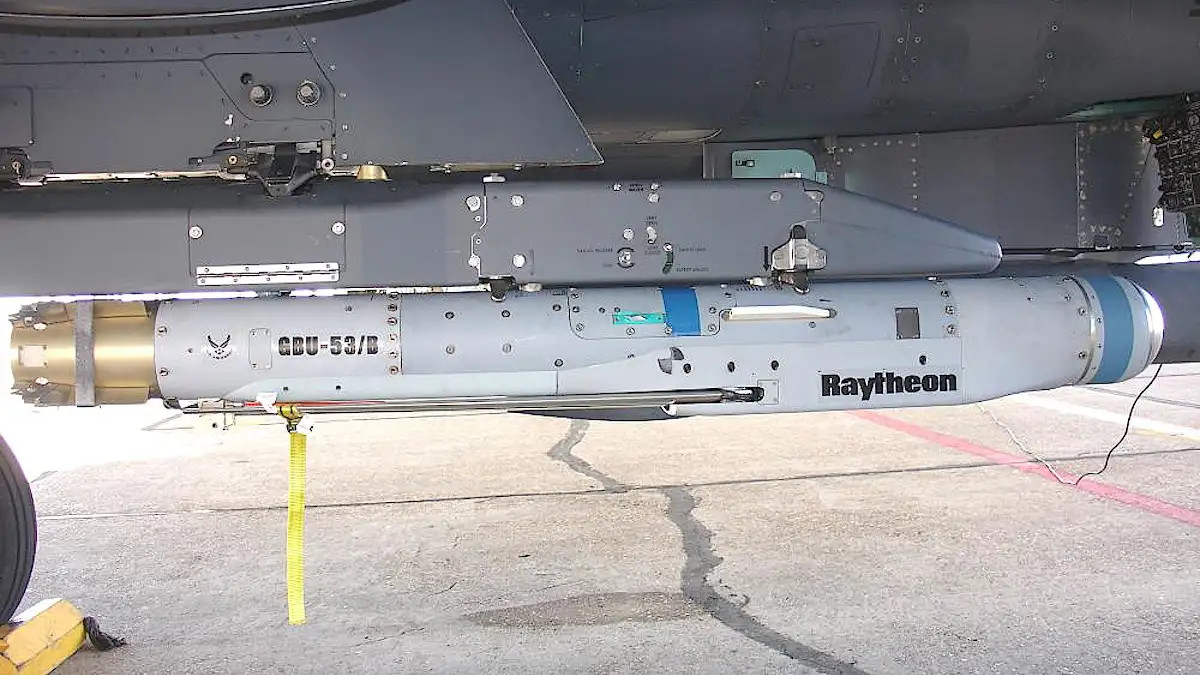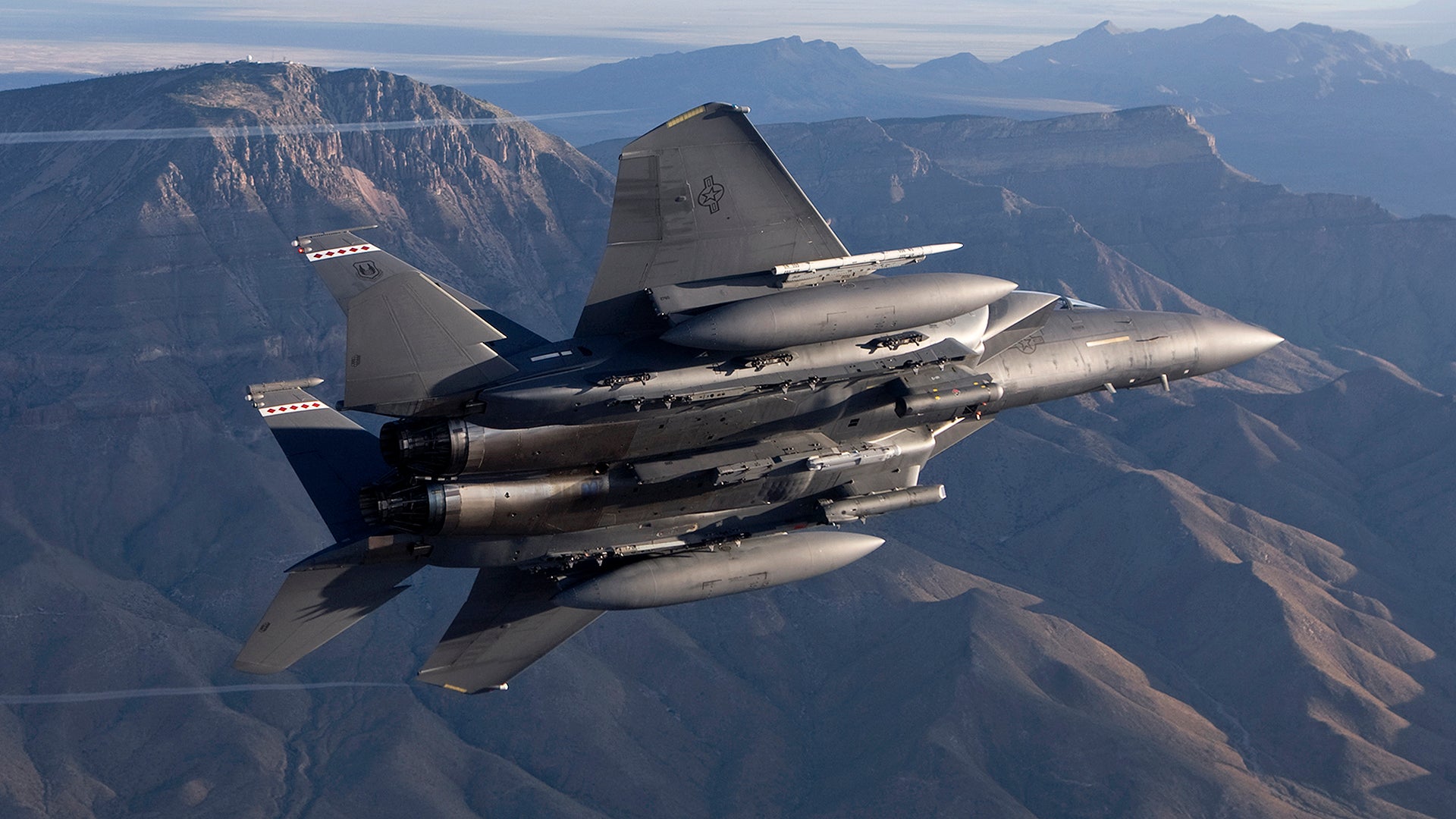The U.S. Air Force has approved Raytheon’s GBU-53/B StormBreaker glide bomb, also known as the Small Diameter Bomber II (SDB II), for use on its F-15E Strike Eagles. This means that the service will now be able to send these impressive weapons downrange for use by F-15E squadrons, which are among some the most in-demand American combat aviation units. The type’s predecessor, the GBU-39/B SDB I, which is only capable of hitting fixed targets, has become a staple for F-15Es flying combat patrols. A follow-on ‘Laser SDB,’ which cannot strike moving targets in all weather conditions and has other limitations, is also fielded.
Raytheon announced the milestone for the StormBreaker program on Oct. 13, 2020. The Air Force had planned to declare initial operational capability with the GBU-53/B on the F-15E in August, but that had been delayed to correct issues with the weapon’s software and guidance system, as well as address safety concerns associated with the bomb’s folding tail fins, all of which you can read about more in this previous War Zone piece on the weapon.
“The weapon has proven itself in many complex test scenarios, against a variety of targets in extreme environmental conditions, and is now ready to fly,” Cristy Stagg, the StormBreaker Program Director at Raytheon Missiles & Defense, said in a press release. “With its multimode seeker and datalink, StormBreaker will make adverse weather irrelevant.”

The GBU-53/B, originally known as the Small Diameter Bomb II (SDB II), has a tri-mode guidance system able to find targets using imaging infrared or millimeter-wave radar, or using semi-active laser homing to hit a designated aimpoint. Depending on the altitude of the launching aircraft, the weapon can also glide up to 69 miles on its own using a GPS-assisted inertial navigation system, after which could strike a specific coordinate or begin searching for a target. As Raytheon’s Stagg noted, this offers immense flexibility, giving this single weapon the ability to engage both stationary and moving targets, even at night or in bad weather.
“The SDB II StormBreaker is ready for operational use after undergoing extensive development and flight testing,” Air Force Colonel Jason Rusco, the SDB II Program Manager and Miniature Munitions Division Senior Materiel Leader within the Air Force’s Armament Directorate, said in a separate statement. “The fielding milestone is the culmination of years of incredible work conducted by our joint military and industry teams. This capability is unmatched and is a game-changer for national defense.”
Pairing StormBreaker with the F-15E promises to be an even more lethal combination. The GBU-53/Bs diminutive size means that a single Strike Eagle will be able to carry up to 28 of these weapons, in total, using special racks that allow the aircraft to carry up to four of the bombs on a single pylon.
In addition, while the F-15E is the first aircraft cleared to employ the GBU-53/B, it won’t be the only platform able to carry these weapons. The Navy conducted its first guided launch of one of these weapons from an F/A-18E/F Super Hornet earlier this year, as seen in the video below.

There are also plans to integrate StormBreaker onto all three variants of the F-35 Joint Strike Fighter. Those jets will be able to carry these weapons internally, allowing them to employ them while operating in the most stealthy configuration. The addition of StormBreaker into the F-35’s arsenal will greatly expand the type’s flexibility and lethality. Other aircraft will follow as the weapon opens up new engagement possibilities for everything from slow-flying drones to stealth bombers.
“StormBreaker delivers an unprecedented capability to pilots in the field,” Paul Ferraro, Vice President of Raytheon Missiles & Defense’s Air Power business division. “The weapon gives airmen a significant advantage – the ability to strike maritime or land-based maneuvering targets at range in adverse weather.”
Air Force F-15E crews will now be the first to be able to take advantage of the immense capabilities that GBU-53/B offers on future combat operations.
Contact the author: joe@thedrive.com
